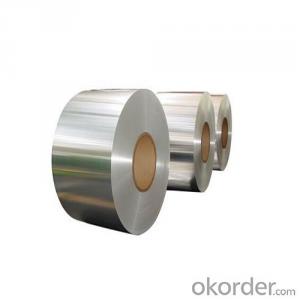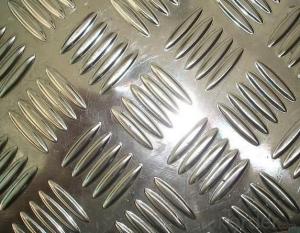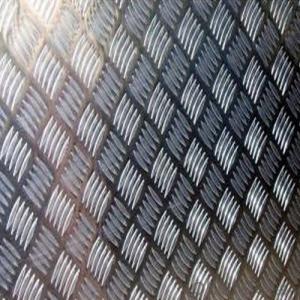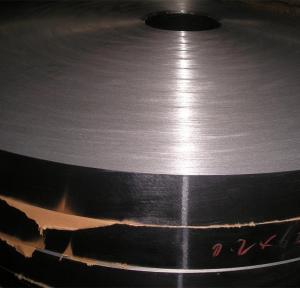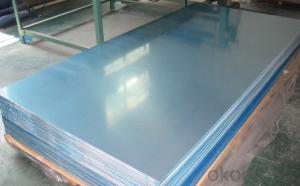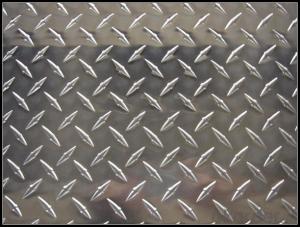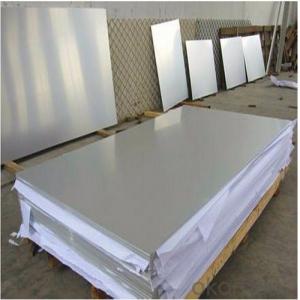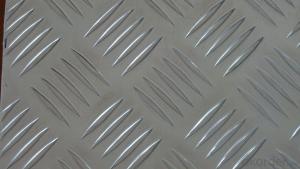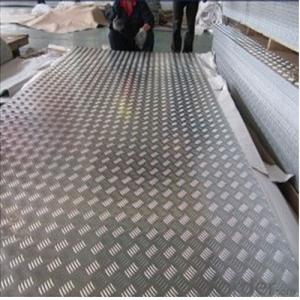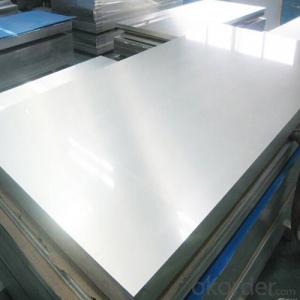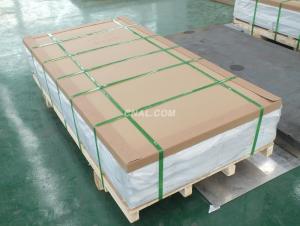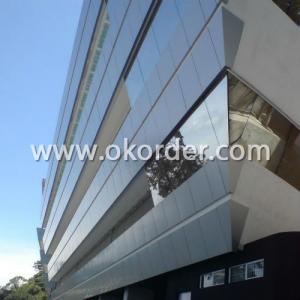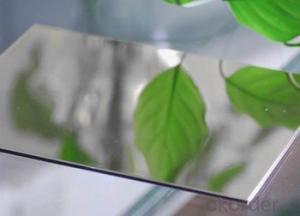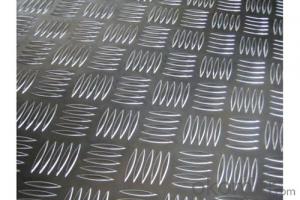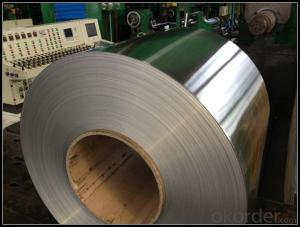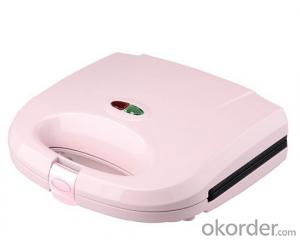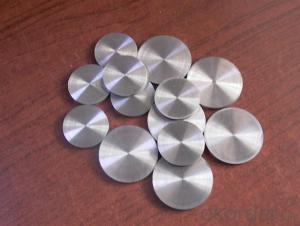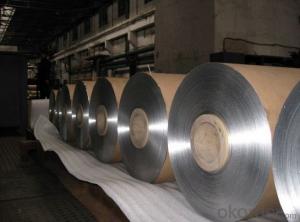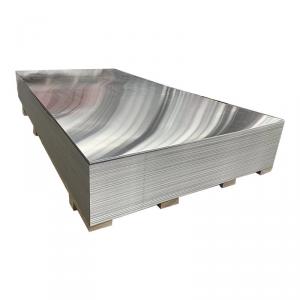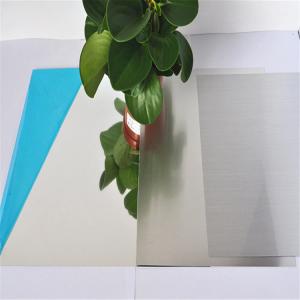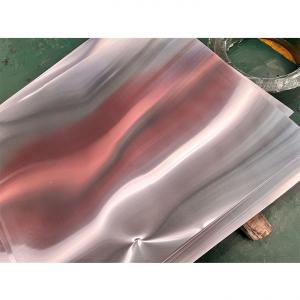125 Aluminum Diamond Plate
125 Aluminum Diamond Plate Related Searches
125 Aluminum Plate 25 Aluminum Diamond Plate Aluminum Diamond Plate 4x8 125 025 Aluminum Diamond Plate 1 2 Aluminum Diamond Plate White Aluminum Diamond Plate 25 Aluminum Plate 1/2 Aluminum Diamond Plate Aluminum Black Diamond Plate Black Aluminum Diamond Plate 250 Aluminum Plate 1 4 Aluminum Diamond Plate Polished Aluminum Diamond Plate 5 Bar Aluminum Diamond Plate Anodized Aluminum Diamond Plate 045 Aluminum Diamond Plate Black Diamond Plate Aluminum Buy Aluminum Diamond Plate 1 16 Aluminum Diamond Plate 1 8 Aluminum Diamond Plate Aluminum Diamond Plate Panels 25mm Aluminum Plate Aluminum Diamond Plate Roll 1 16 Inch Aluminum Diamond Plate 25 Inch Aluminum Plate 12x24 Diamond Plate Aluminum Aluminum Diamond Deck Plate 0.5 Aluminum Plate Aluminum Diamond Plate For Sale Aluminum Diamond Plate Nyc125 Aluminum Diamond Plate Supplier & Manufacturer from China
125 Aluminum Diamond Plate is a type of aluminum sheet material that features a distinctive diamond-shaped pattern, offering both aesthetic appeal and enhanced traction. This product is widely recognized for its durability and slip-resistant properties, making it an ideal choice for various applications. The 125 Aluminum Diamond Plate is commonly utilized in industrial settings, commercial buildings, and transportation vehicles, where safety and functionality are paramount. Its non-slip surface ensures a secure footing in wet or oily conditions, while its aluminum construction provides lightweight yet robust performance.The 125 Aluminum Diamond Plate is versatile and can be found in a range of usage scenarios, from stair treads and flooring in factories to ramps and walkways on construction sites. It is also popular for use in marine environments, such as boat decks and docks, where its corrosion-resistant nature is particularly beneficial. Additionally, the 125 Aluminum Diamond Plate is suitable for decorative purposes, adding a modern and industrial touch to interior design projects.
Okorder.com stands out as a leading wholesale supplier of 125 Aluminum Diamond Plate, boasting a vast inventory that caters to the diverse needs of clients across different industries. With a commitment to quality and customer satisfaction, Okorder.com ensures that the 125 Aluminum Diamond Plate they provide meets the highest standards of performance and reliability. Their extensive stock allows for quick turnaround times and the ability to fulfill large orders, making them a trusted partner for businesses seeking a reliable source for this essential product.
Hot Products


